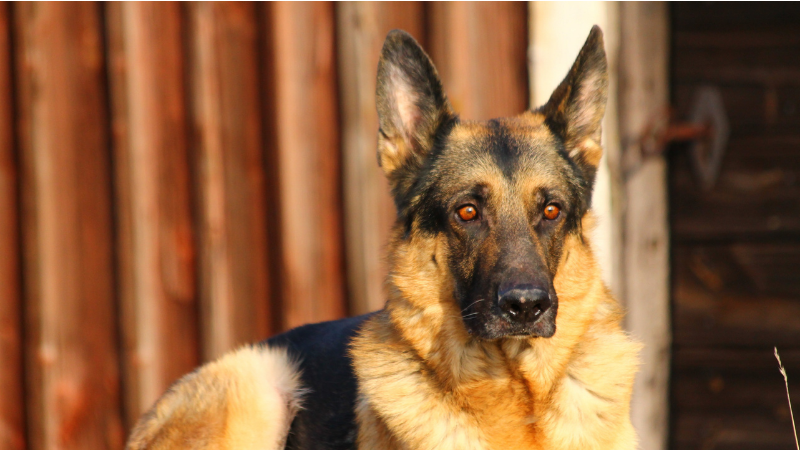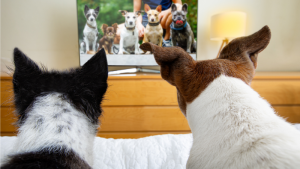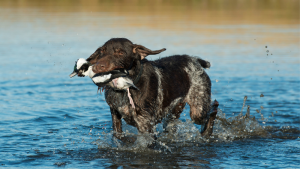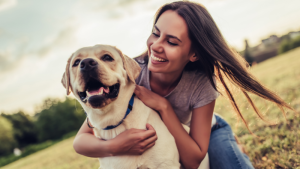With German shepherd’s tall body and good-looks and determined personality, it has become somewhat of a canine superstar. From the big screen to big police cars, German shepherds have been leading the way. German shepherds are known to be fearless and knowing your German shepherd’s potential is quite overwhelming at first, but these easy steps will help your pet develop his full potential in his early years.
Start with a German Shepherd Puppy
Most well-trained dogs really learn well because they have a good temperament and most German Shepherds have the potential to have highly trainable personalities. However, it is still nice to start training any dog while young to prevent it from developing any bad habits that could make training more difficult down the line.
Training a young puppy also gives you a better chance of developing a close relationship with him, which is something especially important if you are training your dog to be a service or protection dog. Just like babies, the earlier you introduced lessons and trainings the better they adapt to these skills and the longer they can retain this information. Building trust is critical in training a dog, so it is recommended to develop trust in earlier years.
Engage Your Puppy in Play
Play is an important component in dog training because this serves as a wonderful opportunity to discover your puppy’s athleticism, versatility, flexibility, and obedience. Observe your puppy while playing and note certain behavior that may indicate preparedness to learn such as positive response to your hand movements and behaviors indicating that German shepherds are paying attention to you such as turning their back to you when you speak.
Turn Your Puppy on His Back
This is a transition point that will signal you that your puppy has developed a trusting relationship with you. Some pet owners find this step tricky. It’s usually easiest if your puppy knows how to get in a lay first, and then turn himover. However, younger dogs may just need you to help put them in place until they learn what’s going on . Do this a couple of times until you puppy gets accustomed to the idea.
When your puppy is on it’s back, it’s tail and body posture should be relaxed, indicating that they trust you and are submissive to you. Is your dog’s tail tucked between his legs? This indicates that your puppy is afraid. How are his eyes? If your dog’s eyes are more dilated than the situation calls for, this is a sign that they are really afraid.
A dog that is afraid of you can be dangerous and shows that you have a long way to go before you have a mutually trusting and respectful relationship. Make sure to use caution if your dog is afraid. Pet and sooth your dog to let them know that they are okay, but not if they’re growing.
Growling and trying to look directly at you while they’re on their back shows that your dog feels as though they are able to dominate you. Show your dog that you’re the dominant one by not giving in. Maintain eye contact until they look away. Correct them if they’re growling until they are quiet and calm. If they fight you, don’t let them up. They should only be allowed up when you allow them to be. However, you should also not put yourself in a dangerous situation. Muzzles can be great tools for helping you build trust with your dog.
A good, submissive dog that trusts you should lay calmly on their back with a relaxed tail, no growing, regular eyes, and their head should be turned to the side. They should also not try to get up until you release them both physically and with a verbal command.
Employ Positive Feedback
You need to give your German shepherd a reward after every successful task to reinforce his behavior, but make sure that you are consistent in giving rewards. Food works all the time but don’t forget the power of touch or. A pat and touch on their back or a quick game of fetch are also great rewards for your dog.
Enroll Your Puppy in Obedience Classes
When your Puppy reaches eight to ten years old, you can enroll him to an obedience class to further his knowledge and skills. Ascertain that only one person will do the command (that ought to be you) to maintain consistency and facilitate learning. Later, as the dog grows older, he will develop trust to other members of the family and follows their commands as well.
Make sure you find a high-quality dog trainer. Places like petsmart offer classes, but they usually have poor trainers. German shepherds often require professional trainers to reach their full potential.
German shepherds are really intelligent and extremely athletic breed of dogs, with the proper knowledge about dog training; they can learn just about anything. Remember that it’s always better to start early in honing your German shepherd’s full potential.




